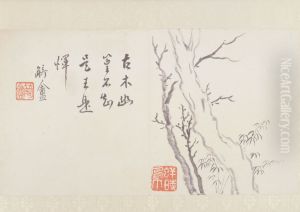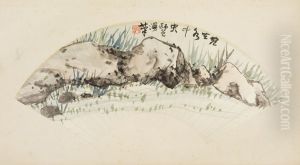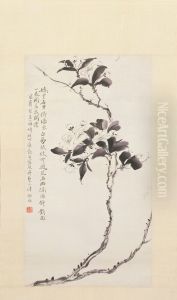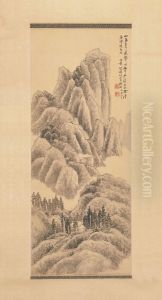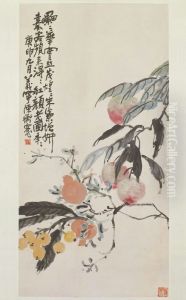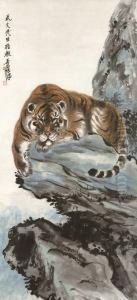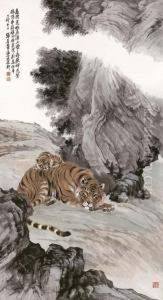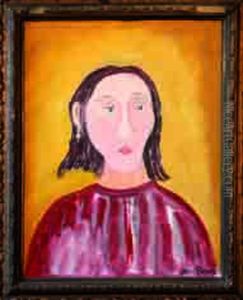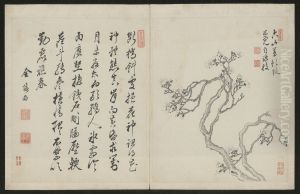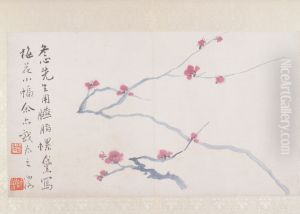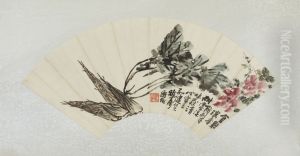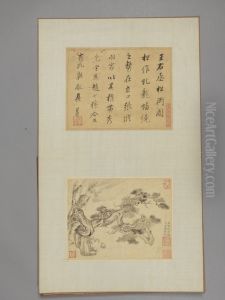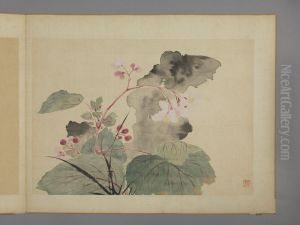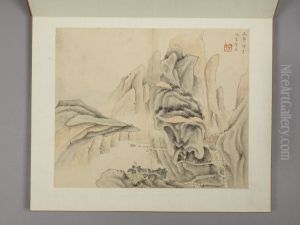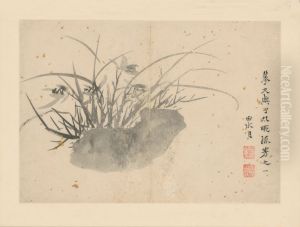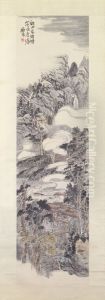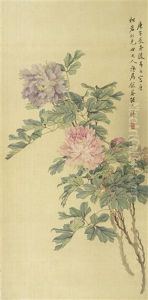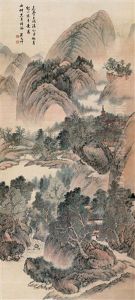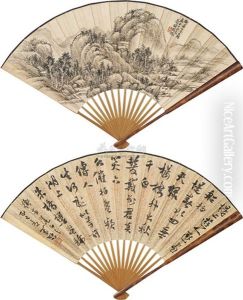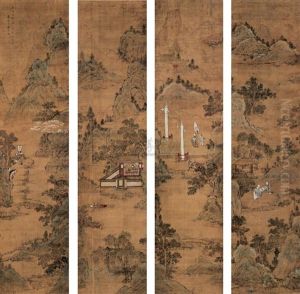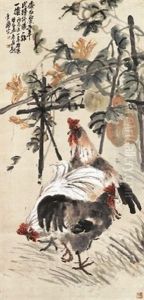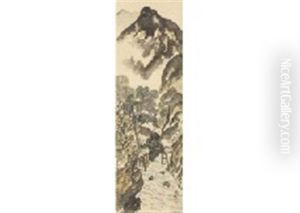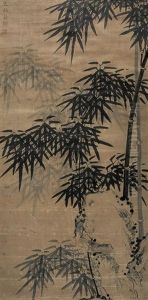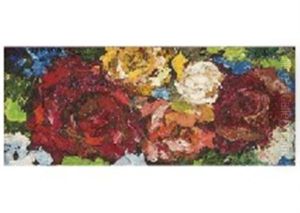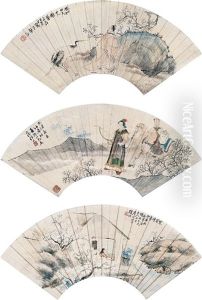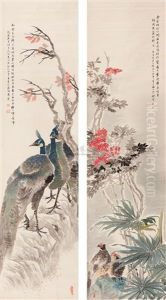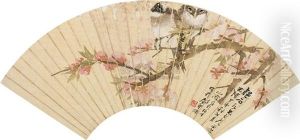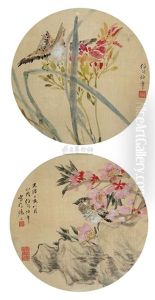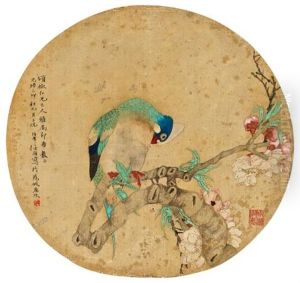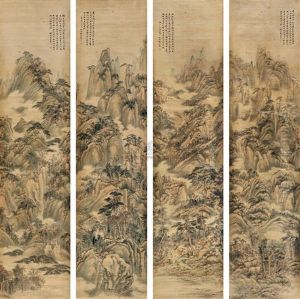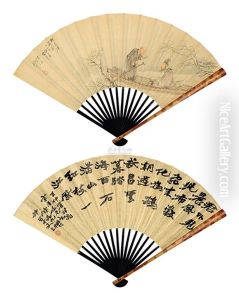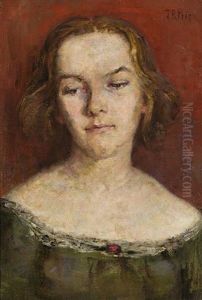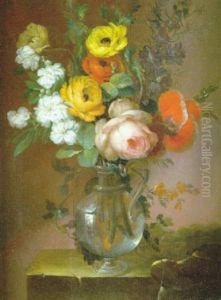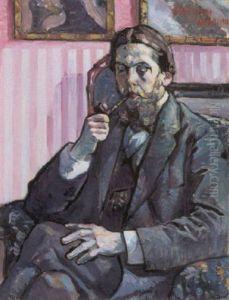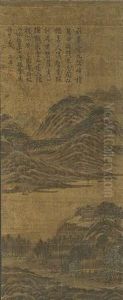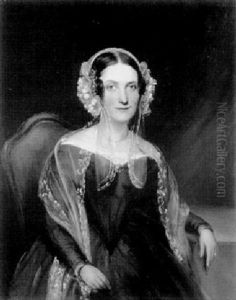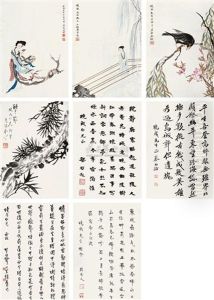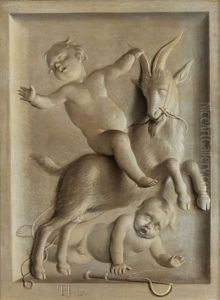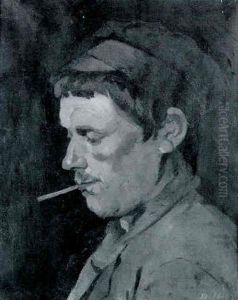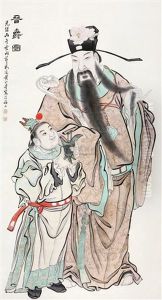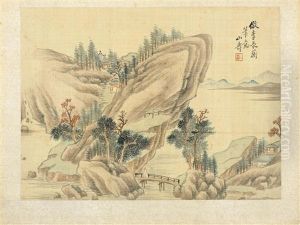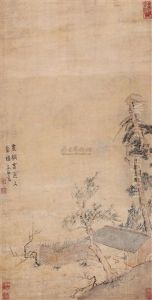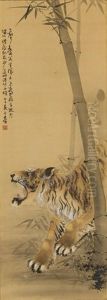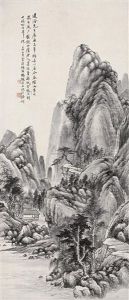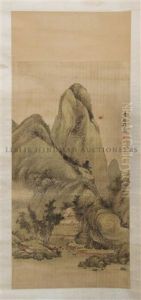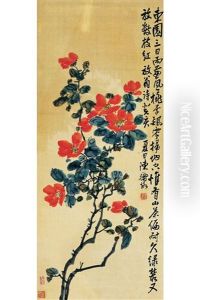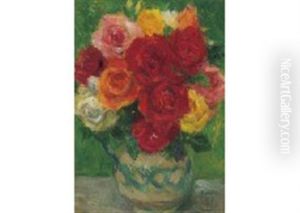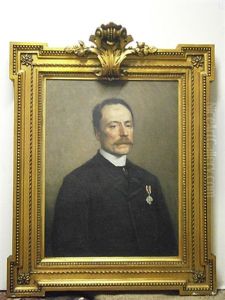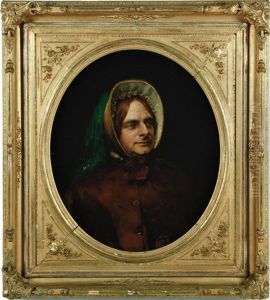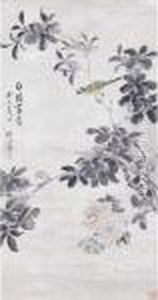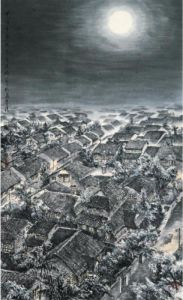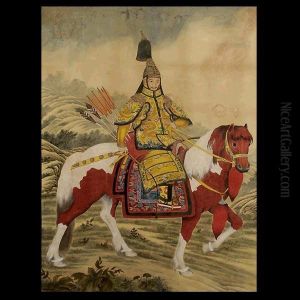Influence Of Traditional Techniques Paintings
Unveiling the EnduringInfluence of Traditional Techniquesin Masterpiece Reproductions
The timeless allure of classic oil paintings lies not only in their subjects or the genius of their creators but profoundly in the foundational methods employed. These time-honored practices, refined over centuries, form the bedrock of artistic excellence and continue to exert a powerful Influence of Traditional Techniques on how we appreciate and recreate these masterpieces today. From the meticulous layering of glazes to the dramatic interplay of light and shadow, understanding these historical approaches unlocks a deeper appreciation for the art.
Consider the classical methods that gave birth to unparalleled depth and luminosity. Techniques like *underpainting* (grisaille), where artists established form and tone in monochrome before applying color, provided a robust structural integrity. *Glazing*, the application of thin, transparent layers of paint, allowed for incredible color richness, subtle transitions, and an almost internal glow, a hallmark of Renaissance and Baroque masters like Titian and Rembrandt. The skilled manipulation of *impasto*, or thick paint application, added texture and a palpable sense of the artist's hand, while *sfumato*, perfected by Leonardo da Vinci, created soft, hazy transitions, blurring outlines and forms for a dreamlike quality. These specific painting methods are not mere historical footnotes; they are the very DNA of the original works.
Furthermore, the mastery of *chiaroscuro*—the dramatic contrast between light and shadow—imbued works by Caravaggio and Vermeer with profound emotional depth and three-dimensionality. The understanding of *perspective* and *foreshortening* allowed artists to create convincing illusions of space and form on a flat canvas. When we reproduce these iconic works, our aim is to faithfully capture the spirit and visual impact of the originals. This requires not just copying the image, but understanding and respecting the inherent Influence of Traditional Techniques that shaped them. Each brushstroke, each layer, and each tonal shift in a museum-quality reproduction must echo the historical craftsmanship, ensuring that the essence of the old masters is preserved and presented with integrity.
Exploring a collection that honors these classical painting methods means engaging with art that transcends time. It's about appreciating the meticulous skill, the profound knowledge of materials, and the artistic discipline that defined eras of unparalleled creativity. By focusing on the enduring legacy of these traditional approaches, we ensure that the beauty, depth, and historical authenticity of these magnificent works continue to inspire and captivate art lovers for generations to come.
